DIY Mold Removal: Is It Worth It?
Business Owners
Call Now for 24/7 Emergencies574-385-9111
Posted by: David Sanner 3 years ago
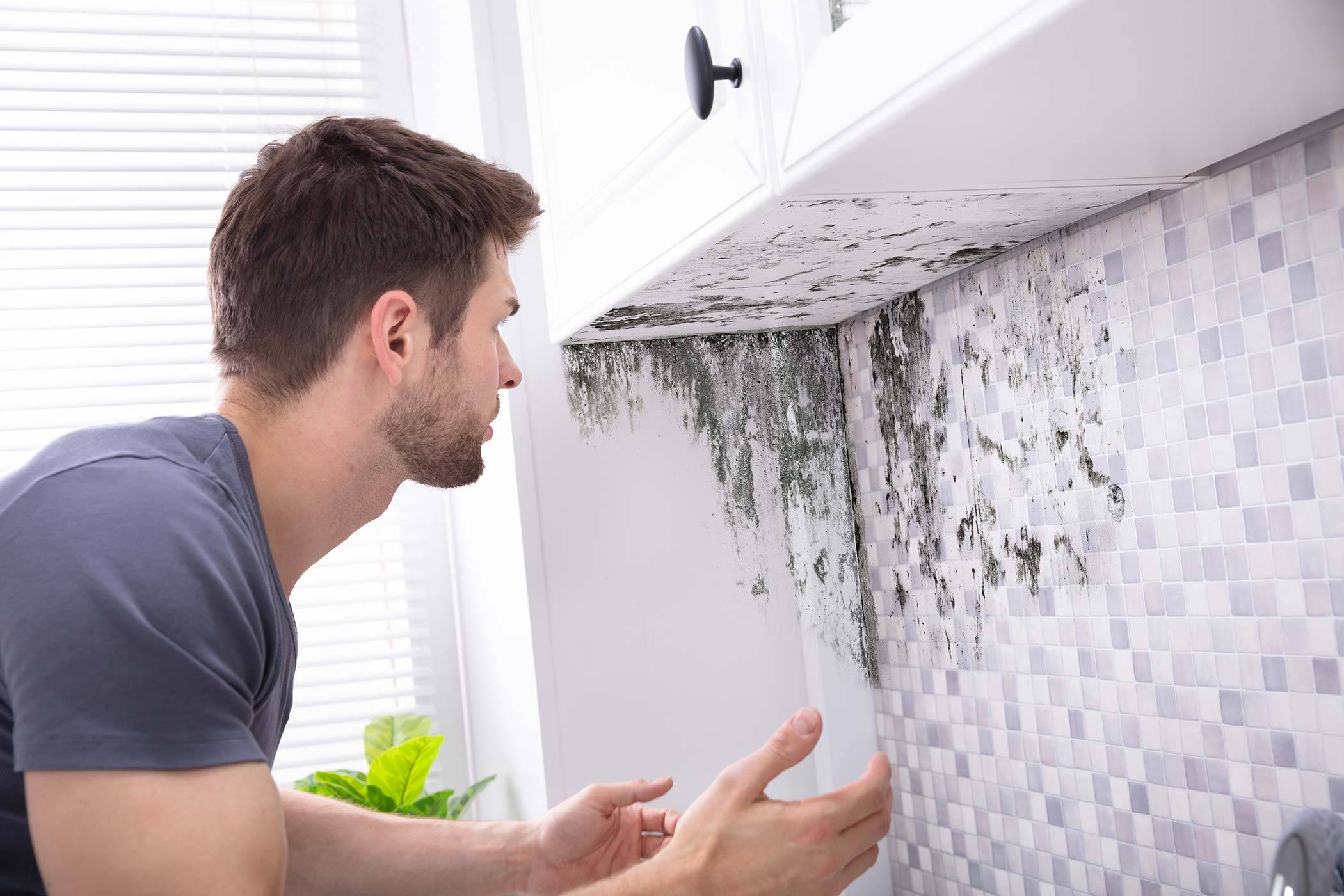
When mold begins to grow in your home or business, it not only damages your property but can also cause serious health problems. Spores from mold contaminate the air and can easily be inhaled. Mold is something to take seriously, which is why it’s important to consider whether DIY mold removal is the best choice.
If you have noticed mold growing in your basement, crawl space, under your sink, or anywhere else in your home, be sure to take it seriously. It could look like a small problem, but mold is often a bigger issue that requires more planning to address it safely.
What To Do When You Find Mold In Your Home
Mold is common in many homes, especially if you live in a wetter area. We commonly see mold in lakefront homes and other areas here in Northern Indiana. Where there is moisture in your home, there is a risk of mold.
For example, seeing mildew develop in your shower between ceramic tiles is something most homeowners have experienced. This type of fungal growth is easily removed using DIY mold removal processes (usually a bleach-based cleaner) before it turns into a more serious problem.
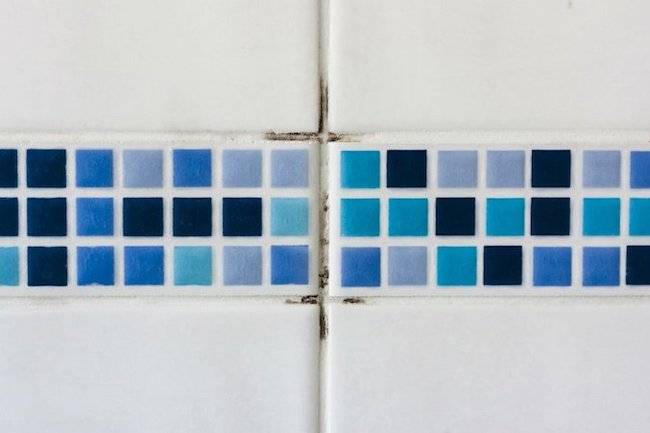
The EPA (Environmental Protection Agency) suggests that mold that covers less than 10 square feet could be safely handled using DIY methods. However, it does depend on the type of mold and area of your home.
Some molds are more dangerous than others and are better handled by professional mold remediation no matter how small or large the space is.
Stop And Make A Plan
Before you decide whether to try to remove mold from your home, take the health of yourself and anyone living in your home into consideration. Think about how big the job will be.
Very small mold removal jobs can be successfully DIY’d, but it’s not always safe to tackle mold on your own.
Your mold removal plan needs to include:
- A vacuum with a HEPA filter
- EPA-rated disinfectant (not just bleach!)
- Antimicrobial sealer
- N-100 or higher respiration and filtration equipment for yourself
- Goggles, gloves, and protective clothing
- How to ventilate the area being treated
- Safe removal of any moldy objects (furniture, etc.) from the home
Mold Prevention Tips
Once you have the mold removed from your home, you want to keep it that way! Follow these simple tips to help decrease the chance of mold returning to your home.
Keep Your Home Clean And Dry
This is especially important for areas of your home that tend to be humid, especially bathrooms.
Rooms with plumbing like the kitchen, bathroom, and basement need to be regularly cleaned and spot-checked for mold.
Consider adding mold and mildew removal products to your regular cleaning routine in the bathroom and kitchen.
Mold can grow in areas where moisture thrives, so adding a dehumidifier in your basement, closet, or bathroom can be helpful as well.
Watch For Water Damage
If you’ve spotted flooding, leaking pipes, or an appliance has failed and flooded an area of your home, don’t assume the damage stops once the water is removed. Once water touches drywall it can easily cause mold growth.
Any area that has been affected by water needs to be checked for mold and appropriately dried and replaced.
The Benefits Of Professional Mold Removal
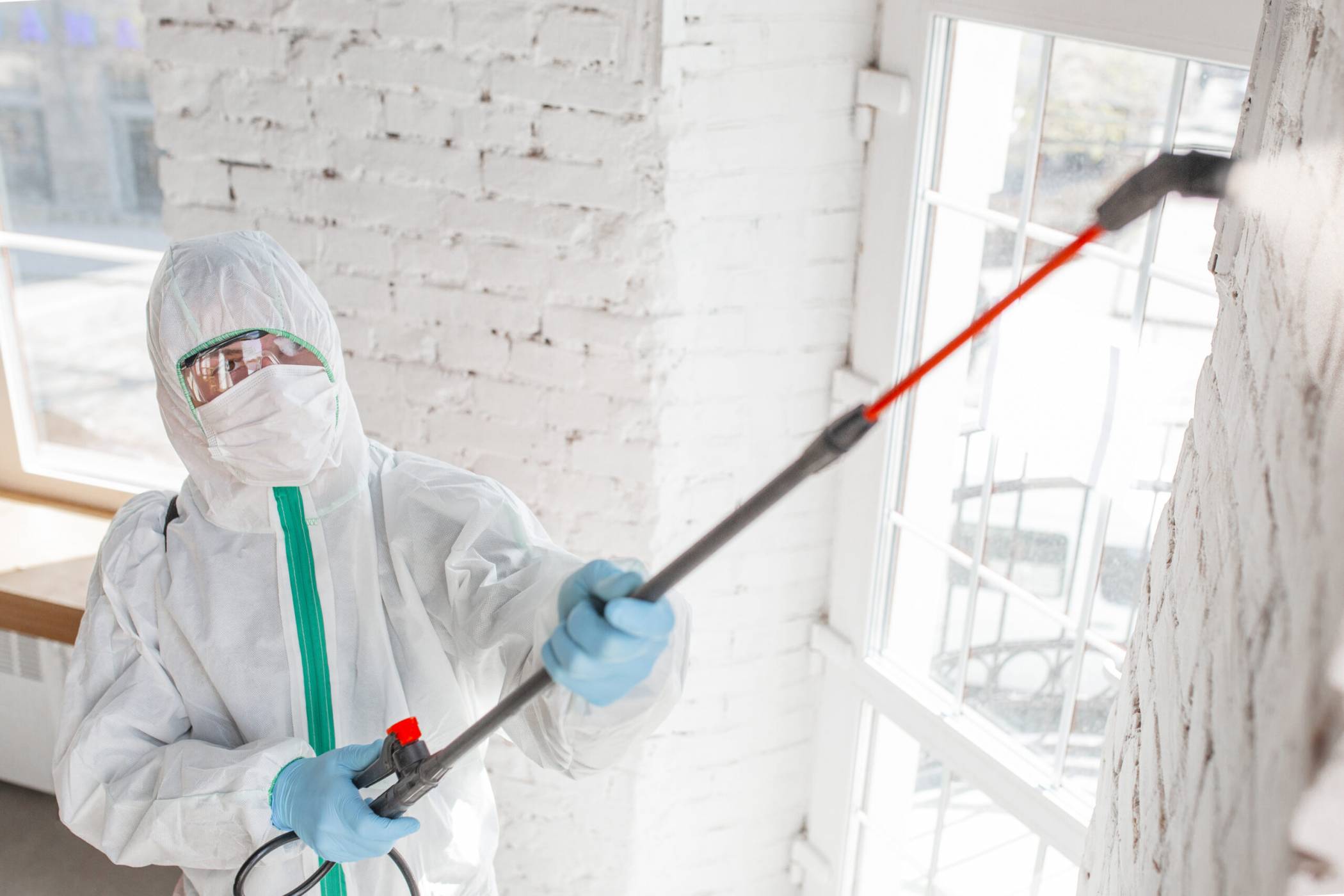
If you’re concerned about mold in your home, the best way to address it is to hire trusted professionals. Our Lake City Restoration team has the proper equipment to safely assess and create a customized mold remediation plan in connection with Indoor Environment Professionals (IEPs).
Our professional mold removal services are designed to remove the existing mold in your home while also preventing new mold growth.
We will also conduct an inspection to determine the cause of the mold and address any water problems that could be contributing to microbial growth.
Don’t Ignore The Signs Of Mold
Remember, mold doesn’t just make your home or business look dirty, it is a health risk!
Lake City Restoration provides professional mold inspections to our customers who are concerned about microbial growth and mold in their homes.
Categories:
About: David Sanner
David’s mission is to always provide the best for each customer, using the latest technology and methods with integrity. Owning his own business has given him the freedom to embrace innovation, industry changes, and technological advancements quickly while providing services to a large geographic area.
You May Be Interested In:
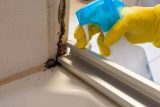
How to Prevent Future Mold Growth After Water Damage Restoration
1 week ago by David Sanner
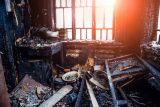
The Role of Professional Restoration in Preserving Valuables After a Disaster
1 month ago by David Sanner
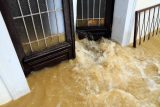
Flood Preparedness: Simple Steps to Protect Your Home
1 month ago by David Sanner
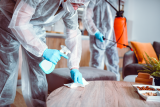
Tips for Safely Handling Biohazard Cleanup in Your Home
2 months ago by David Sanner
Are You Currently Having an Emergency?
Whether you’re having an emergency now or you’ve recently found damage, we’re ready to help 24/7! Call us now or reach out to our contact page.